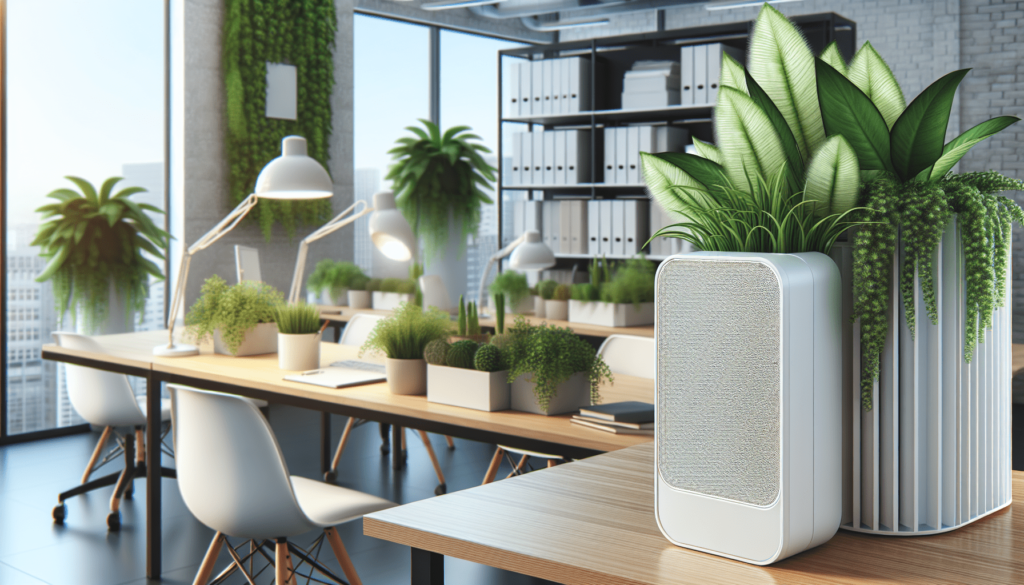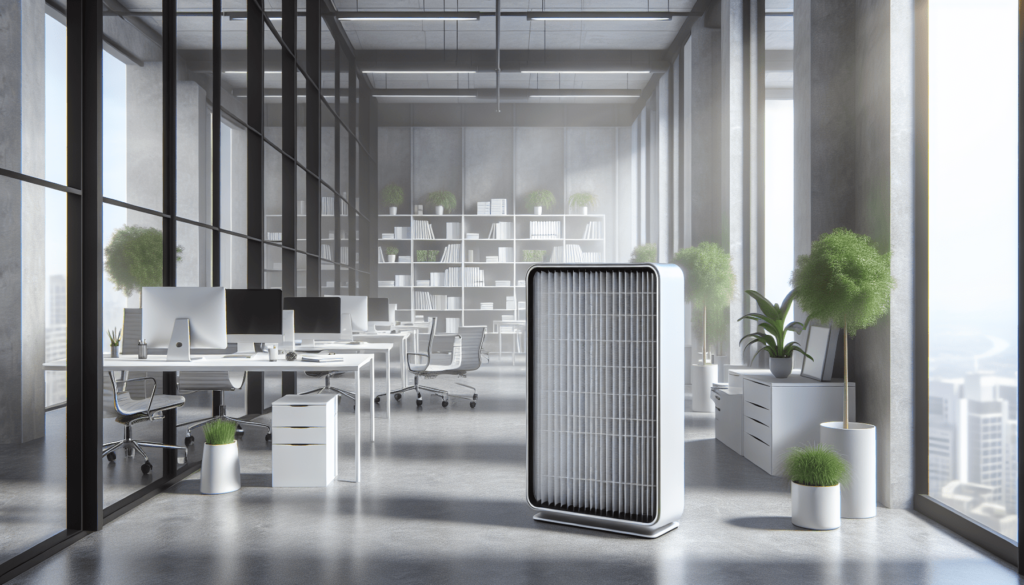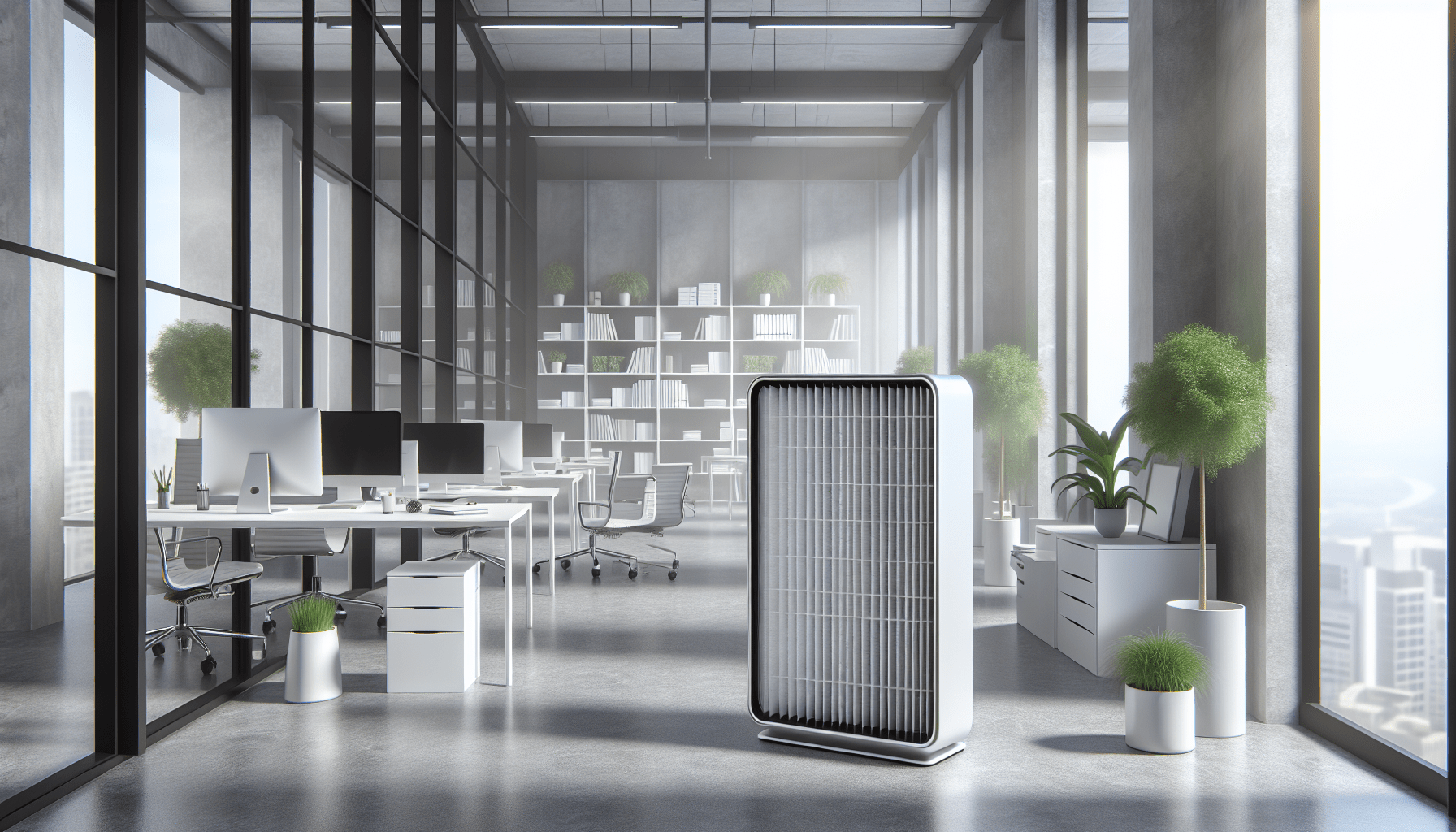Have you ever wondered how to create a workspace where everyone can comfortably breathe, eat, and thrive, especially those with allergies? Whether it’s seasonal hay fever, food allergies, or sensitivities to chemicals, numerous factors can impact your colleagues’ well-being. An allergy-friendly environment can lead to more productivity, improved health, and happier employees. Here’s how you can achieve that and make your workplace a haven for everyone.
Understanding Common Allergies in the Workplace
Allergies can be triggered by a variety of environmental factors. Recognizing these will help you tackle them effectively. The most common workplace allergens include:
- Pollen: A common trigger for seasonal allergies, especially if windows are frequently opened.
- Mold: Can grow unnoticed in damp areas.
- Dust mites: Thrive in fabric items like upholstered furniture and carpets.
- Chemical sensitivities: Triggered by cleaning supplies, perfumes, or certain building materials.
- Food allergies: A serious concern if shared kitchen or eating areas are contaminated.
- Pet dander: Often unknowingly brought into the workplace on clothing.
Knowing the culprits is half the battle. Now, let’s see how you can address these issues to create an allergy-friendly environment.
Improving Air Quality
Air quality plays a crucial role in managing allergies. Here are ways to ensure your workplace air is clean and allergen-free.
HVAC Maintenance
Proper care of Heating, Ventilation, and Air Conditioning (HVAC) systems can significantly reduce allergens. Regular maintenance and filter changes help keep the air clean.
- Regular Filter Changes: Use high-efficiency particulate air (HEPA) filters. They trap airborne particles that regular filters miss.
- Duct Cleaning: Ensures mold and dust aren’t spreading through the ventilation system.
- Humidity Control: Maintain humidity levels between 30-50% to reduce mold growth.
Air Purifiers
Consider placing air purifiers in key areas such as meeting rooms and open offices. They can efficiently reduce airborne allergens.
Indoor Plants
While plants can improve air quality, some people may have pollen allergies. Opt for plants known to be low-allergen, such as spider plants or peace lilies.
| Plant Type | Allergen Level | Maintenance |
|---|---|---|
| Spider Plant | Low | Easy |
| Peace Lily | Low | Moderate |
| Bamboo Palm | Low | Easy |
| Aloe Vera | Low | Minimal |
Cleaning and Maintenance Protocols
A clean environment is essential for minimizing allergens. Establish protocols that cater to the needs of allergy sufferers.
Allergic-Friendly Cleaning Supplies
Many traditional cleaning products contain harsh chemicals that can trigger allergies. Opt for hypoallergenic and fragrance-free cleaners.
Regular Cleaning Schedule
Ensure that the workspace, including carpets, curtains, and upholstery, is cleaned frequently. This will reduce dust mites and other allergen buildup.
- Daily Cleaning: Desks, floors, and common areas.
- Weekly Cleaning: Carpets, upholstered furniture, and air vents.
- Monthly Cleaning: Deep cleaning including duct work.
Mold Control
Check for leaks and ensure areas prone to dampness, such as bathrooms and kitchens, are kept dry. Use mold-resistant paint and dehumidifiers if necessary.

Managing Food Allergies
Food allergies can be life-threatening. Implementing stringent measures can prevent accidental exposure.
Clear Labelling
Ensure that all shared food, whether in the fridge or at communal events, is clearly labelled. List all potential allergens such as nuts, eggs, dairy, soy, and gluten.
Separate Eating Areas
If possible, designate areas for specific food types to prevent cross-contamination.
| Area | Purpose |
|---|---|
| Nut-Free Zone | Safe space for those with nut allergies |
| Gluten-Free Area | For those with gluten intolerance |
| General Area | For all other food types |
Encourage Allergy Communication
Create an open policy where employees feel comfortable discussing their food allergies. A shared document or office bulletin can list common allergens and the names of those allergic to them.
Reducing Chemical Sensitivities
Sensitivity to chemicals can be debilitating. Taking steps to reduce exposure can make a significant difference.
Fragrance-Free Policy
Implement a fragrance-free policy. This means asking employees to avoid using scented products such as perfumes, air fresheners, and scented lotions in the workplace.
Safe Cleaning Supplies
As previously mentioned, use hypoallergenic and fragrance-free cleaning supplies. Ensure that any chemicals used in maintenance work are safe and non-irritating.
Alternative Materials
For any renovations or redecorating, choose hypoallergenic, low-VOC (volatile organic compounds) materials. These emit fewer pollutants and are less likely to trigger allergies.
Allergy Awareness Training
Educating the workforce on allergies is key to maintaining a healthy environment.
Regular Training Sessions
Conduct regular training to educate employees about different types of allergies and the importance of maintaining an allergy-friendly workplace. Topics could include:
- Recognizing allergic reactions
- Using EpiPens
- Understanding dietary restrictions
Emergency Protocols
Equip your staff with the knowledge of what to do in an emergency. Ensure that there are clear, posted procedures for dealing with allergic reactions.
| Emergency Step | Action |
|---|---|
| Recognize Symptoms | Identify signs of an allergic reaction |
| Use Medication | Administer EpiPen or other prescribed meds |
| Call for Help | Dial emergency services immediately |

Interaction and Support
An inclusive workplace is one where everyone feels supported.
Peer Support Groups
Encourage the formation of peer support groups where employees with allergies can share their experiences and coping strategies.
Management Support
It’s crucial that management supports these initiatives wholeheartedly. Managers should be trained to be responsive to the needs of employees with allergies and to act upon any reported issues promptly.
Open Communication Channels
Set up appropriate channels for employees to communicate their needs and concerns regarding allergens in the workplace. This could be through regular meetings, suggestion boxes, or dedicated HR personnel.
Creating an Allergy-Friendly Kitchen
The office kitchen can be a hotspot for accidental allergen exposure. Here’s how to make it safer.
Dedicated Utensils and Appliances
Provide separate utensils, cutting boards, and appliances for allergy-friendly cooking. Consider color-coding these items to prevent cross-contamination.
| Item | Designation |
|---|---|
| Cutting Boards | Green for vegan |
| Utensils | Red for gluten-free |
| Microwave | Allergy-only use |
Regular Cleaning
Ensure that the kitchen is cleaned thoroughly and regularly, especially after any communal events where food is involved.
Clear Signage
Post clear signage indicating allergen-free zones and proper food handling practices.
Physical Workspace Management
Some allergen sources are more subtle, embedded in everyday objects and practices.
Carpet and Flooring Choices
Carpets can harbor dust mites and mold. If possible, use hard flooring options like wood or tile, which are easier to clean.
Furniture Selection
Opt for hypoallergenic furniture. Choose materials that are resistant to dust mites and easy to clean, such as leather or vinyl.
Ventilation
Proper ventilation is essential. Ensure that windows can be opened and that exhaust fans are functioning correctly in kitchens and bathrooms.
Encouraging Personal Responsibility
While workplace adjustments can go a long way, personal responsibility also plays a role.
Personal Workspaces
Encourage employees to keep their personal desks clean and free of dust and crumbs. Suggest regular wiping down of equipment and organizing items to reduce clutter.
Personal Air Purifiers
For those particularly sensitive to airborne allergens, personal air purifiers at their desks can offer additional protection.
Hygiene Practices
Promote good hygiene practices, such as regular hand washing and the use of hand sanitizers, to reduce the spread of allergens.
Regular Review and Feedback
Creating an allergy-friendly workplace is not a one-time effort. Regularly reviewing and updating practices ensures continued effectiveness.
Annual Reviews
Conduct annual reviews of your allergy management policies. Take into account any feedback from employees and make necessary adjustments.
Employee Feedback Mechanisms
Encourage ongoing feedback through surveys or suggestion boxes. This helps identify new issues and areas for improvement.
Case Studies and Examples
Sometimes, seeing how others have implemented these changes can be helpful. Here are a few real-world examples:
Case Study: Tech Company
A mid-sized tech company took significant steps to address employee allergies. Their efforts included:
- Implementing a strict fragrance-free policy
- Installing HEPA air purifiers in all rooms
- Creating dedicated spaces for eating based on allergen types
As a result, they saw a marked improvement in employee well-being and productivity.
Case Study: Law Firm
A law firm tackled mold issues and food allergies by:
- Regularly inspecting and cleaning HVAC systems
- Providing clearly labeled, allergy-safe snacks in the office kitchen
- Training staff on emergency procedures related to allergies
These measures helped reduce absenteeism and increase employee satisfaction.
Summing it Up
Creating an allergy-friendly environment in the workplace is a multi-faceted task that requires awareness, proper planning, and consistent efforts. It benefits everyone, leading to a healthier, more productive work atmosphere. By understanding common allergens, improving air quality, maintaining cleanliness, managing food allergies, reducing chemical sensitivities, and fostering a supportive community, you can make your workplace a much safer and more accommodating place for all employees. Remember, the key is ongoing communication, education, and adaptation to keep everyone happy and healthy.
